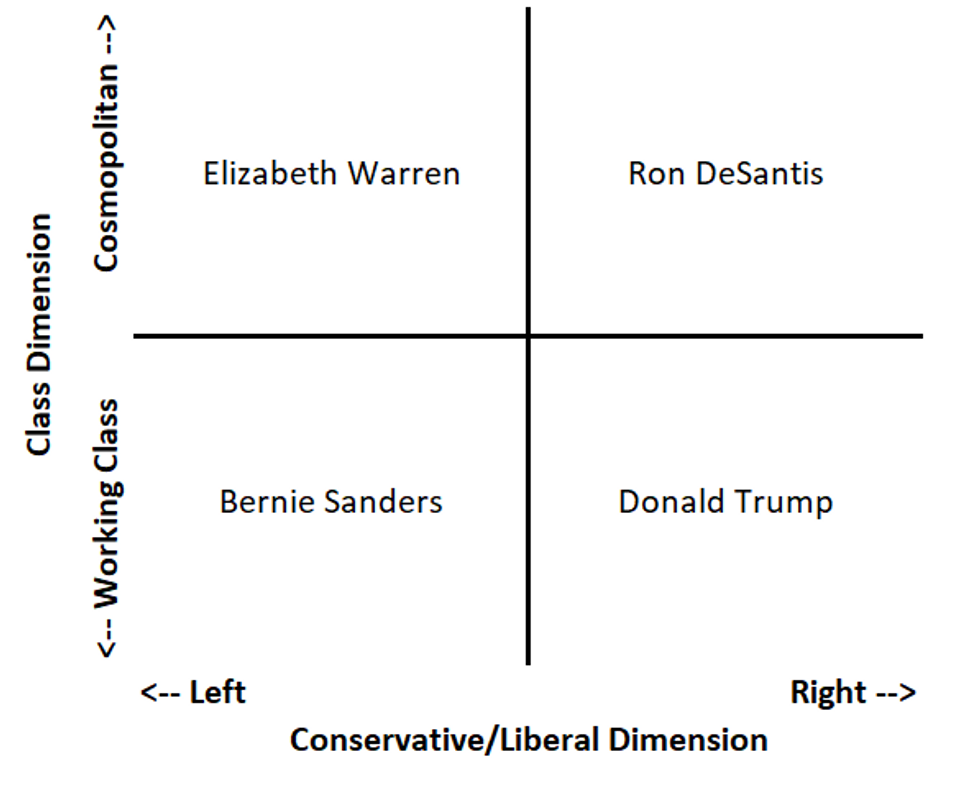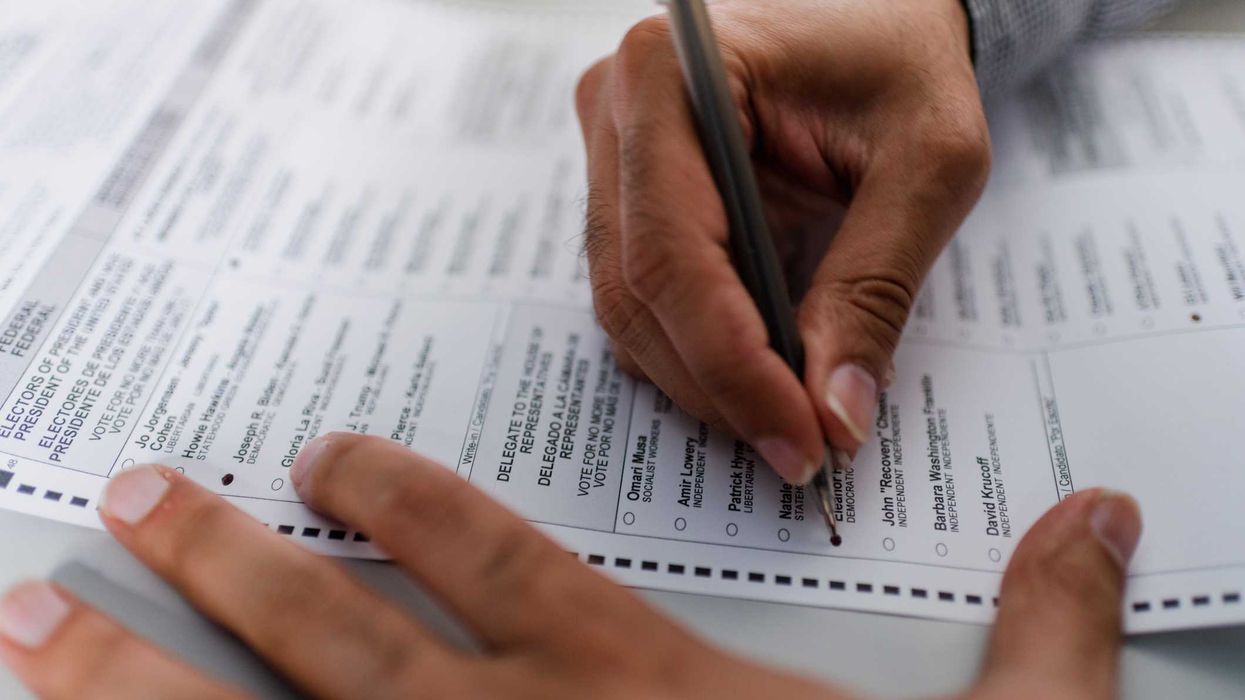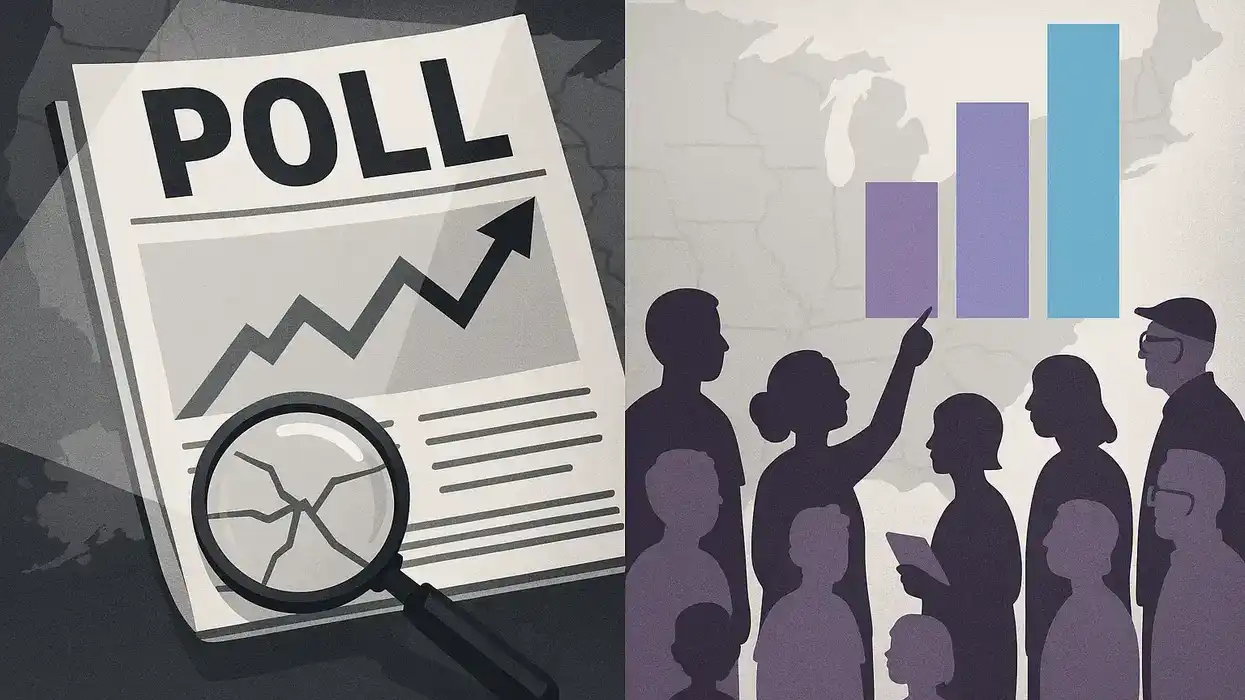Politics has felt weird for a while now. From Donald Trump himself to the noteworthy rise of populist sentiment that is affecting both parties, many informed people are left scratching their heads trying to understand what has come over the country. The American economy, historically the number one issue for voters, is the “envy of the world” according to a recent special report by The Economist; crime and illegal immigration are also down. Yet the 2024 presidential election was a decisive rebuke of the current administration, resulting in Trump leading the Republican party to its largest win in a presidential election since 1988.
Many postmortem conversations have focused on whether Kamala Harris should have run further to the right or the left and focused more attention during her abbreviated campaign on popular social or economic issues. This one-dimensional view of the right-left political spectrum, with traditional conservatism on one end and redistributive socialism on the other, comes up short in describing our current politics. It is only through recognizing the class dimension of political appeal, whereby some candidates tailor their message to the priorities of the educated, cosmopolitan class, and others tailor their message to the concerns of the working class that recent political contests can be better understood.
Consider a recent example from each party. In the 2020 primary for the Democratic nomination, both Bernie Sanders and Elizabeth Warren ran far left on the traditional political spectrum, yet they connected with very different voters. A Politico headline didn’t mince words: “Sanders and Warren voters have astonishing little in common,” noting Sander’s appeal to lower income, less educated people and Warren’s appeal to the college educated. In the 2024 Republican primary, Donald Trump and Ron DeSantis had fewer discernible policy differences. Yet, studies showed that DeSantis appealed more to suburban, better educated, and higher income voters than Trump, who had more appeal in rural areas and amongst the working class.
Both parties now have politicians who speak to the cosmopolitan and working-class parts of their coalitions. In an era of skyrocketing economic inequality, it is perhaps no surprise that the class dimension is becoming more salient in understanding politics. A more useful way to think about political appeal might be as a scatterplot with right-left and class dimensions rather than a spectrum.

The election saw Harris garner an incredible number of celebrity endorsements and a fundraising operation that far outpaced the former president’s. Final voter demographic data is still being compiled, but it is already clear that her supporters were better educated and had higher incomes, underscoring Trump’s position as the preferred candidate of the working class. While working-class voters are less likely to vote and donate, they do outnumber their more cosmopolitan counterparts and can play kingmaker in elections where they turn out in sufficient numbers.
As the Democrats look to regain congressional power in the 2026 election and hold an open primary in 2028, they would be diligent in considering how their candidates appeal across the class dimension in addition to how far right or left they should run on the issues of the day. As the Republicans look to consolidate their gains and find a candidate for 2028 who can replicate Trump’s electoral success, they should remember how little support establishment Republicans like Ron DeSantis and Nikki Haley garnered and not take their new working-class base for granted. Both parties need to give up thinking exclusively about how much their candidates should run toward the center and give real thought to how they can connect with the full spectrum of Americans they purport to represent.
Daniel Zimny-Schmitt is a researcher at the University of Denver.



















